McPherson; Battles and Strang; Moir, Young and Hay; Muir, Somers, Bennett, McMenemy and Quinn were the first men to wear the green and white horizontal stripes, now called the hoops, in what is generally agreed to be the most famous and best loved strip in the world.
Some supporters feel cheated when they travel for miles to see a team running out with some kind of yellow or black strip (or more recently grey), all for the sake of television, sponsorship, advertising (so that the bogus strip gets some kind of viewing), and they are entitled to feel “done”. Celtic means green and white hoops!
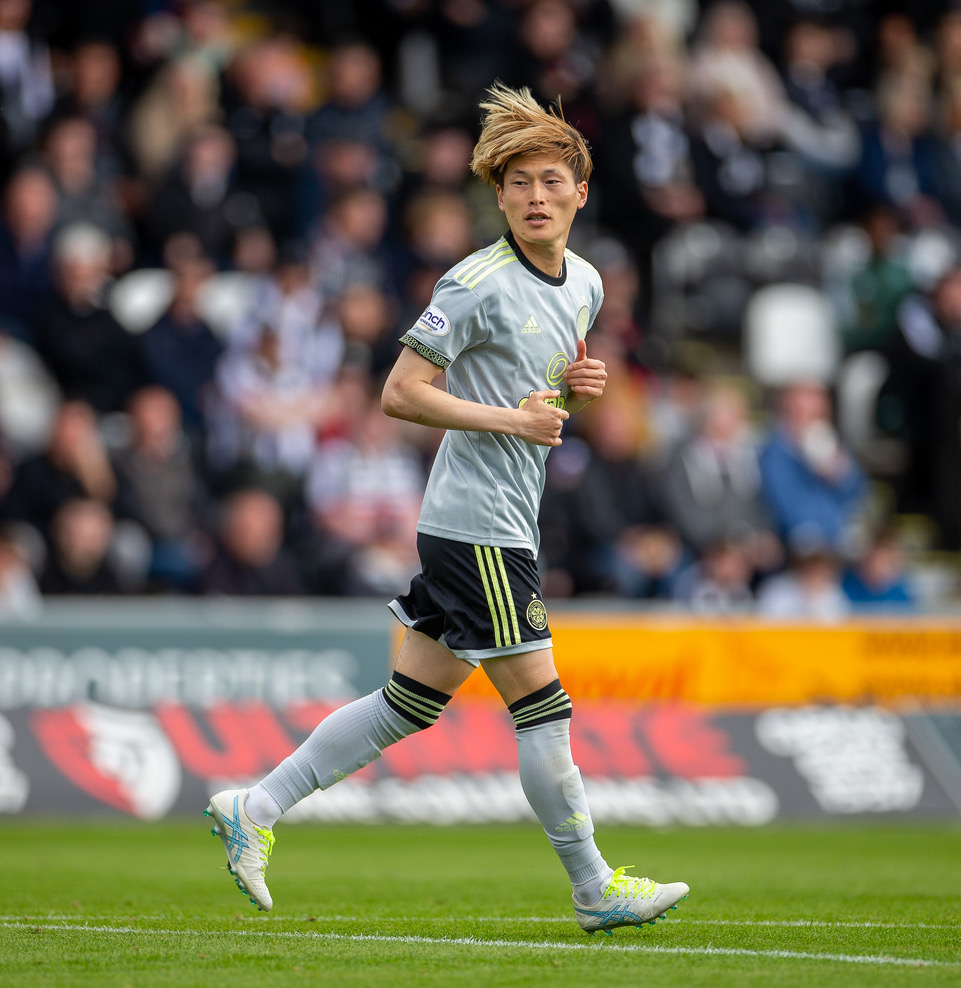
Funnily enough the word “hoops” is a fairly modern one in this context. Until the 1990s, the strip was called the green and white “stripes”, although one must admit that “hoops” is technically a better description in that it can only mean horizontal stripes whereas “stripes” tends to be vertical. Vertical stripes were indeed worn by the team until that day at the start of the 1903/04 season against Partick Thistle on 15 August when Maley decided that a new strip was appropriate for what was a new, young team.
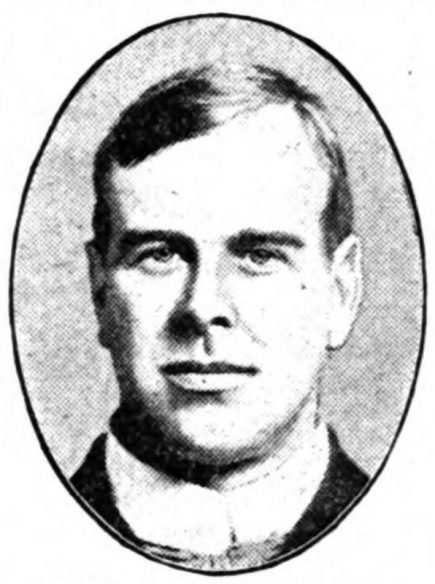
The Glasgow Observer said that it gave them “a youthful appearance”. The change of strip was meant to symbolise the start of a new era. Maley, although technically a Secretary/Manager with no official authority over the selection of the team, was now “the Boss” and would stay in charge for the best part of the next forty years.
The Roman writer Pliny the Younger in the 2nd Century AD does not like chariot racing. He moans about the crowd, their bad language, their excitement, the fact that there is nothing varied about chariot racing and is further upset by the fact that the fans do not really like the race itself but they are cheering on their team and they love the colour.
“Si tamen aut velocitate equorum aut hominum arte traherentur, esset ratio nonnulla; nunc favent panno, pannum amant, et si in ipso cursu medioque certamine hic color illuc, ille huc transferatur, studium favorque transibit, et repente agitatores illos, equos illos, quos procul noscitant, quorum clamitant nomina, relinquent.”
“If they were attracted however by the speed of the horses or the skill of the men, there would be some sense to it; as it is, they support the colour, they love the colour, and if in the race itself and the middle of the competition, the colours were to be transferred from one to the other, the passion and the support would go as well, and suddenly they would abandon those drivers, those horses whom they recognise from afar and whose names they shout out”
Celtic supporters a couple of millenia later would have to admit that the sententious, priggish and occasionallt somewhat boring Pliny may well have a point here.
We do love the team’s colours and the green and white hoops, as evidenced by the amount of supporters seen wearing the strip even on the coldest of days in winter! Rightly do we feel cheated when a team appears in an away fixture wearing black or yellow, and claiming to be Celtic! In the pre-Stein days, Celtic sometimes took the field in a strip of white and green sleeves, (rather like Hibs but in reverse), and Stein tended to deploy an all-green strip.
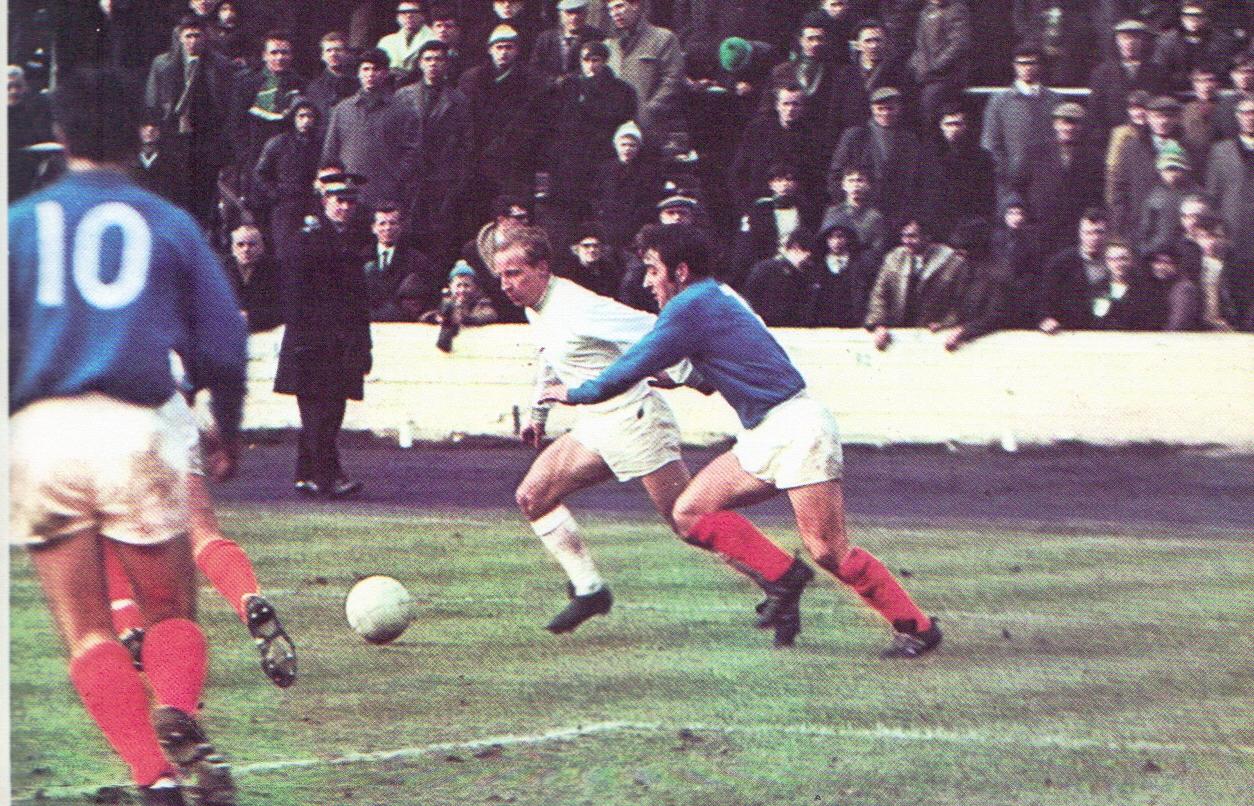
On one occasion in a Scottish Cup semi-final aginst Morton in 1969, Celtic ran out first in all-white, something which confused the fans who, from the top of the terracing, thought for a moment that they were Morton! We want the green and white hoops. Maley did indeed start something in 1903!

The spectacle of the appearance for the first time of the green and white hoops paled into insignificance in comparison with the recent coronation of Pope Pius X which was of course duly reported in detail in The Glasgow Observer. The new Celtic look was somewhat spoiled by the torrential rain which put the match in a little danger for a spell.

Even so about 5,000 appeared for the game which Celtic won 2-1 with Alec Bennett scoring early on, then Campbell of Partick Thistle scoring just on half time following an error from McPherson before the brilliant young McMenemy scored in the very last minute. (The Glasgow Herald says it was Jimmy Quinn). Celtic should have killed the game earlier, but Barney Battles missed a penalty kick. Jimmy Young at centre half had a good game, radiating command when the spirited Partick Thistle team piled on the pressure in the second half.
The Glasgow Observer is far from happy with this performance. It exempts from criticism the newcomers – Strang, Hay, Young and Muir – but castigates the Celtic forwards for not killing the game when they could. “It would have been the price of them” it says, if Thistle had run up the field and scored, but fortunately McMenemy saved the day at the end in a way that reminded the scribe of a “sort of deathbed confession” like Roman Emperors of old who persecuted the early Christians but then decided to get baptised at the end “just in case”.

That was fine imagery, but that Young made an instant impact on the Celtic crowd was obvious from the game at St Mirren the following week on 22 August. This was the game in which he earned his nickname “Sunny Jim”.
The Kilmarnock Standard in its tribute to Young the week after his death in 1922, tells the story, attributed to Young himself, of how a supporter “of the leather-lunged variety” whose voice could be heard “almost from Parkhead to Paisley” kept on cheering the team (they won 1-0 that day with a goal from Peter Somers) and having exhausted all the names of the players suddenly remembered the name of a well advertised product and shouted “Come Away, Sunny Jim!”. Young had a good game that day – “a hardy strong fellow who never admits defeat” said The Glasgow Observer.
Young was referred to by that name, even in the Press, from then and for ever after. By the following week, in a dismal 1-3 defeat by Third Lanark at Parkhead, he was commonly known as “Sunny Jim”. And very soon a song was heard on the terraces along the lines of…
Oh, Sunny, Sunny Jim!
Oh how we love him!
So who was the original “Sunny Jim”?
To be continued…
David Potter
This is an extract from David’s biography of the Celtic legend Sunny Jim Young which we have been exclusively featuring on The Celtic Star over the past few weeks. Simply click on David Potter’s authors section to catch up with earlier instalments.
David Potter’s latest book The Celtic Rising ~ 1965: The Year Jock Stein Changed Everything is fast heading towards selling out, we have just 34 copies of the book remaining (all have been signed by the author). Thank you to everyone who has ordered a copy. If you would like to order one of the remaining copies, please use the link provided below…
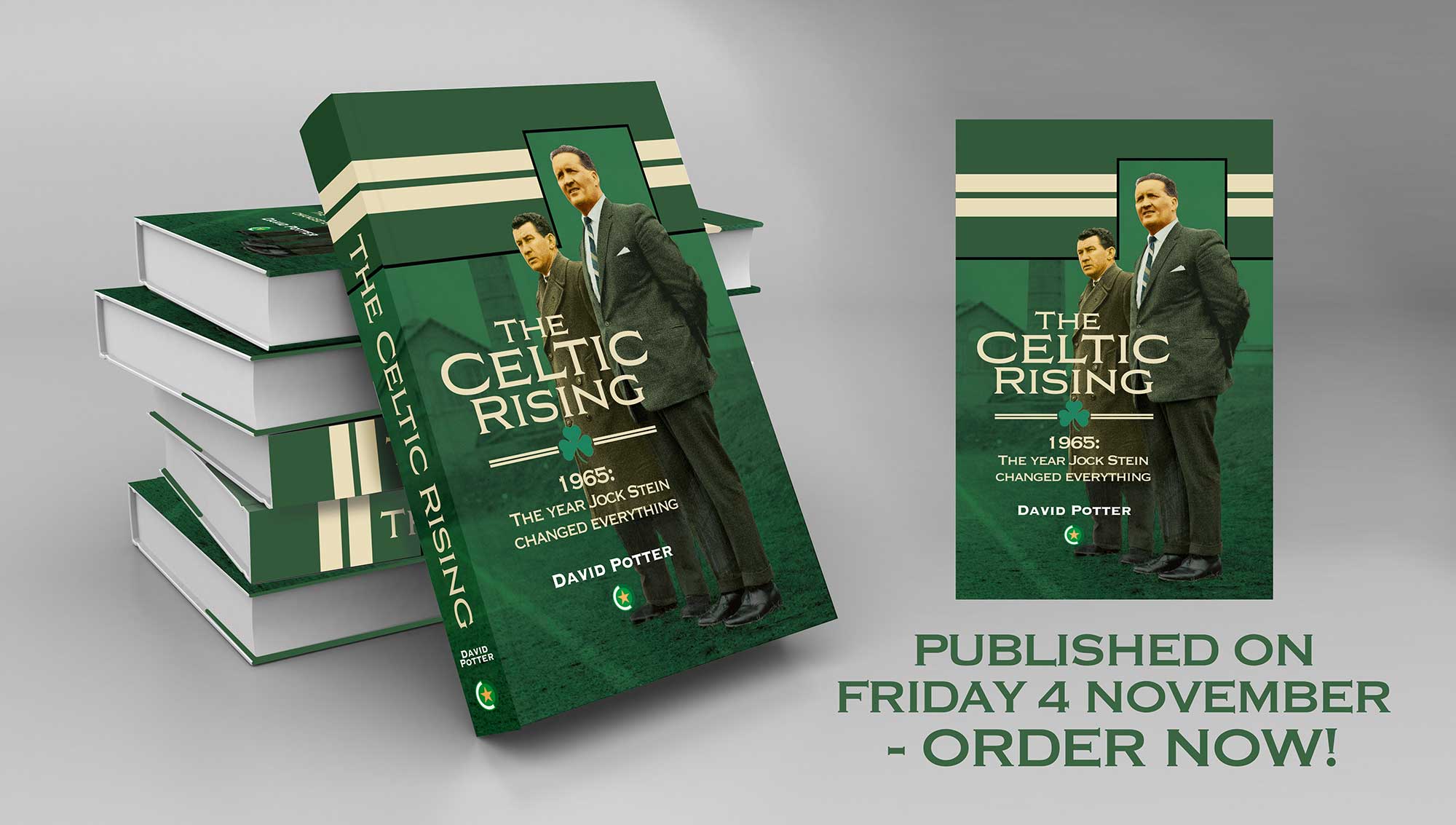





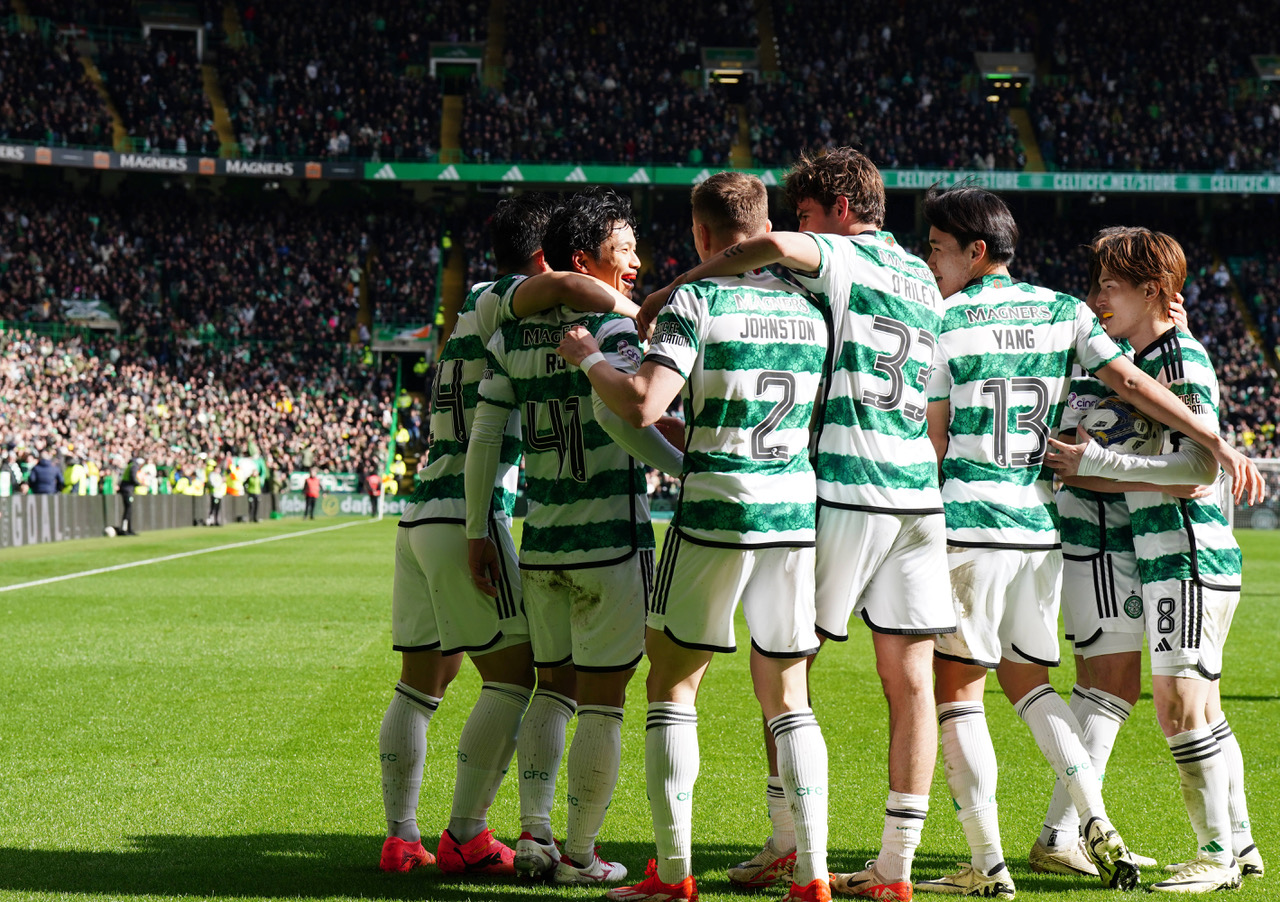



Recent research makes me think that I MAY be wrong about the Hoops being worn on August 15 1903 for the first time. The evidence is not clear, but they certainly did wear the Hoops on August 29 1903 against Third Lanark, and they have been the usual strip ever since. If anyone can produce evidence one way or other about August 15, I would be delighted.
Oddly enough, East Fife in their first ever game on that day of August 15 1903 against Hearts Reserves certainly did wear green and white hoops!